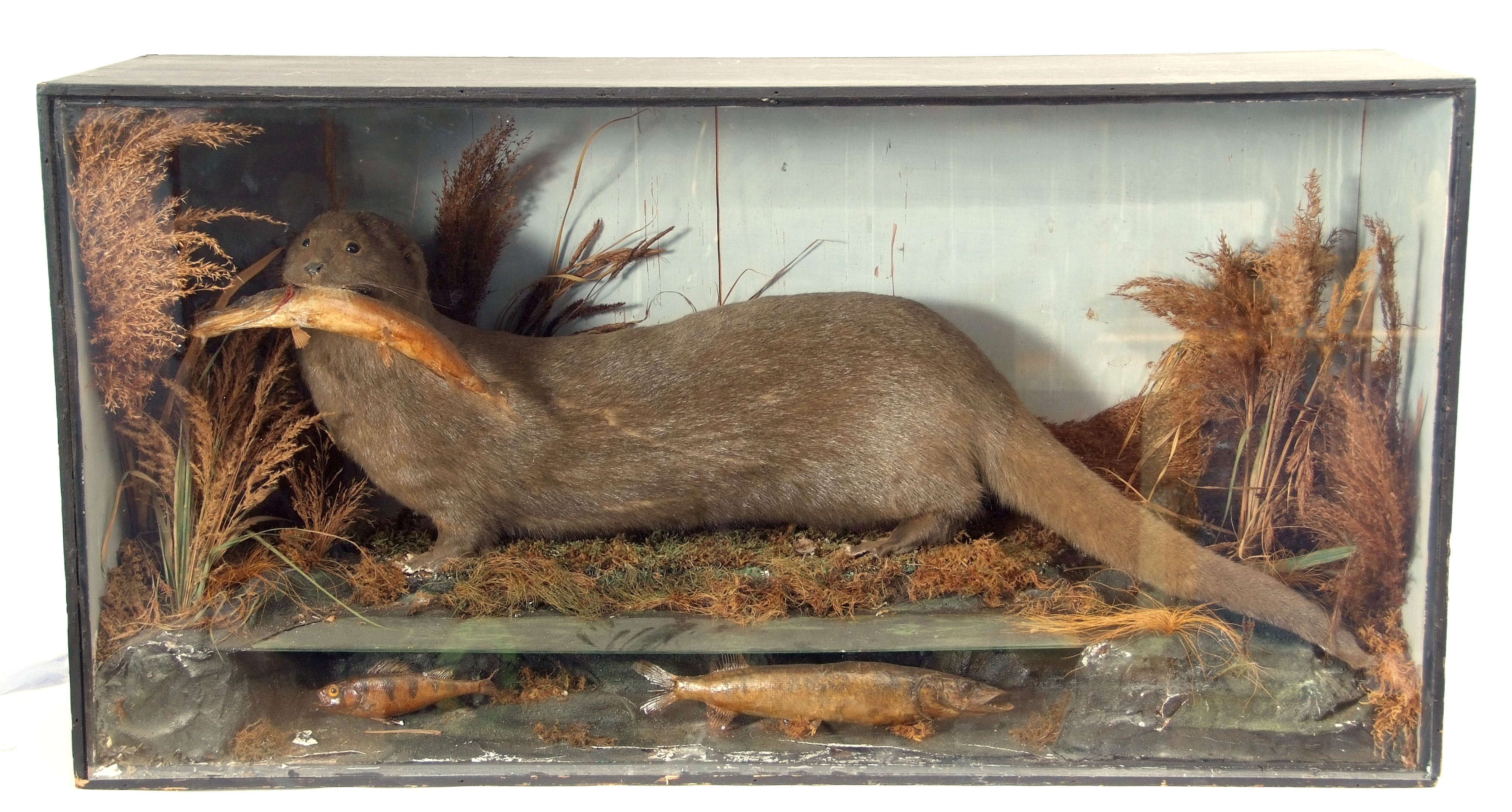

30/06/2022 General News
Oscar Crocker of Keys Fine Art Auctioneers explores the rich East Anglian heritage of taxidermy.
We shouldn’t be surprised that ornithology and the appreciation of the wider world of wildlife is a popular pastime here in Norfolk, and more widely in East Anglia. We enjoy extensive rural habitats, wetlands, coasts and marshes, and that means we have one of the richest diversity of birdlife anywhere in the country.
Nowadays it is more acceptable to drive up to the coast and see the birds for ourselves, but in times gone by that was not always practical, and so it was that taxidermy became popular, especially in Victorian times. Whatever we think of the practice now, it was certainly acceptable in the 19th century, and the result is a rich heritage of Victorian pieces, especially by East Anglian practitioners of the art.
And it was an art. Taxidermy may require a sound grasp of anatomy, but it also calls for true artistry. The best pieces capture the grace and movement of the bird, as well as placing it in a case and background which reflect its natural habitat. For many city-dwelling Victorians, this was the only way they saw such creatures – Springwatch was still more than a century away!
Because of this masterful artistry, which created pieces which are at the same time interesting and aesthetically pleasing, Victorian taxidermy, and especially ornithological taxidermy, is very collectable today. When we have a sale which features top quality pieces, we attract the attention of collectors all over the UK and beyond.
One of the finest taxidermists who ever lived was T.E.Gunn, a Norwich-based Victorian master. He was a top-notch field biologist, and spent many hours observing wildlife, and this is one of the key reasons his pieces are so lifelike; when you see a Gunn stuffed bird, you can almost imagine it still breathing.
Thomas Gunn was born in the city, and served as apprentice to taxidermist John Sayer, taking over the business when Sayer died. His business was in St Giles Street, and carried on after his death in 1941 under the care of his son, Frederick.
Gunn’s stuffed animals, and his birds in particular, are always in demand. He was at the vanguard of a group of local taxidermists with national reputations, including Lowne of Great Yarmouth and Lockwood of Fakenham.
Incidentally, unlike in Victorian times, the law offers much more protection to living birds now, and especially endangered species. Whilst you are still allowed to buy and sell pieces from the past, you need to be very careful when it comes to modern taxidermy. This is why it is so essential to buy and sell through a respected dealer or auction house, so that you know what you are doing is legal. You do see taxidermy on sites like eBay occasionally, and you have to wonder exactly what is being sold.
Keys Fine Art Auctioneers’ Ornithology, Wildlife and Sporting Art Sale takes place on Wednesday 7th September at their Aylsham salerooms. A full catalogue will be available shortly at www.keysauctions.co.uk.